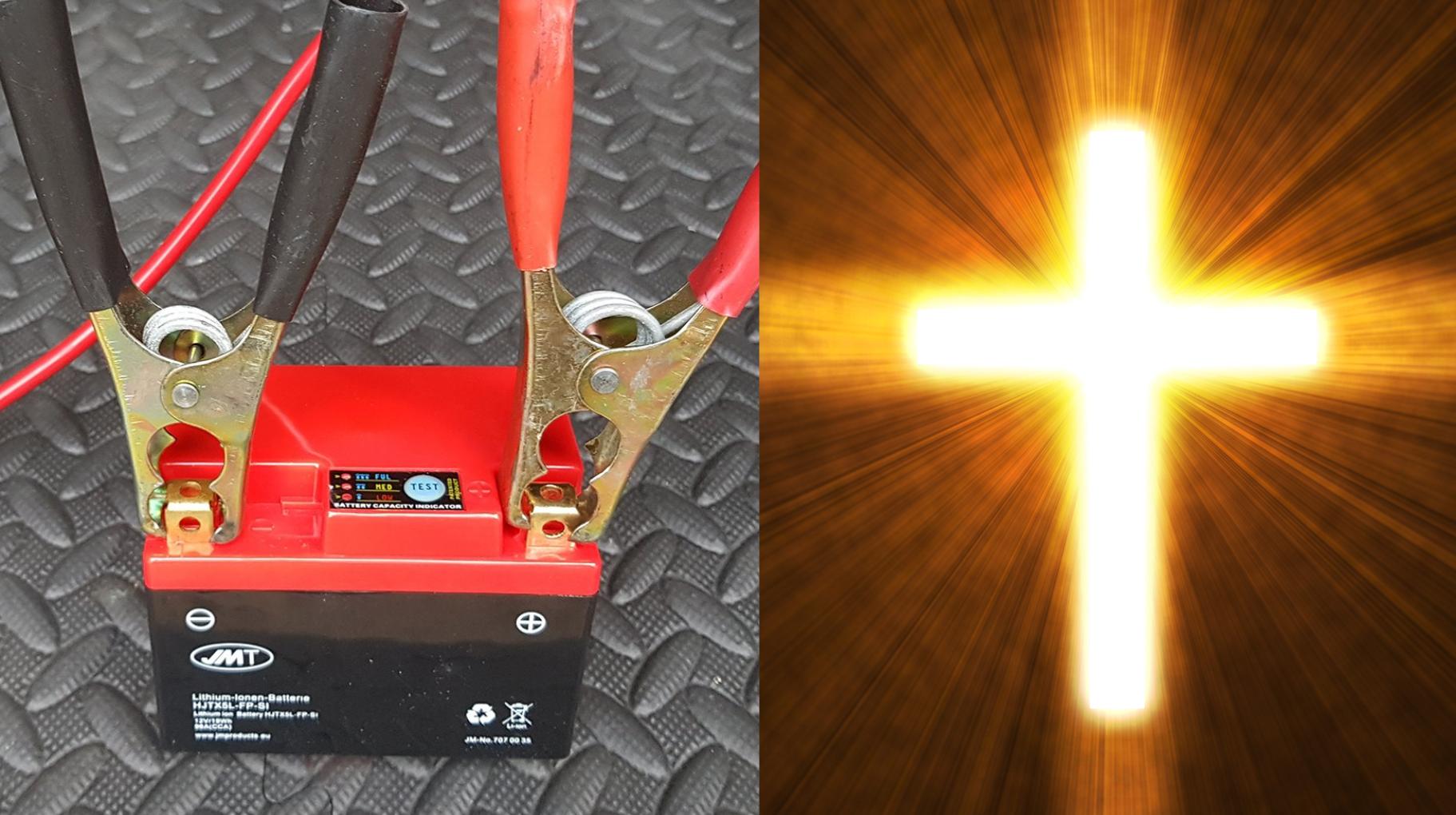
How Can You Jumpstart a Lithium Battery? Methods and Tools
Jumpstarting a lithium battery can be essential when it fails to hold a charge, especially in devices like electric vehicles or portable electronics. The process requires specific methods and tools to ensure safety and effectiveness. Using the right charger and following proper procedures can help revive the battery without causing damage.
How Can You Safely Jumpstart a Lithium Battery?
To safely jumpstart a lithium battery, you should use chargers specifically designed for lithium-ion technology, as they have different voltage and current requirements compared to traditional lead-acid batteries. Start by ensuring that all connections are secure, monitor the charging process closely, and disconnect the charger once the battery reaches an acceptable voltage level.
Chart: Safe Charging Parameters for Lithium Batteries
| Battery Type | Recommended Voltage Range | Maximum Charging Current |
|---|---|---|
| Lithium-Ion | 3.0V – 4.2V | 0.5C |
| LiFePO4 (Lithium Iron Phosphate) | 3.2V – 3.65V | 0.5C |
What are the Common Methods for Jumpstarting Lithium Batteries?
Common methods for jumpstarting lithium batteries include:
- Using a Compatible Charger: Connect the battery to a charger that matches its voltage and current specifications.
- Connecting to Another Good Battery: Use jumper cables to connect the dead battery to a fully charged one, allowing it to draw power.
- Utilizing Smart Chargers: These chargers automatically adjust their output based on the battery’s state, providing safe and efficient charging.
Chart: Comparison of Jumpstarting Methods
| Method | Description | Pros |
|---|---|---|
| Compatible Charger | Directly connects charger to the dead battery | Safe and straightforward |
| Connecting to Another Battery | Uses jumper cables from a charged battery | Quick power transfer |
| Smart Charger | Automatically adjusts charging parameters | Reduces risk of overcharging |
Why is Proper Equipment Essential for Jumpstarting Lithium Batteries?
Using proper equipment is crucial when jumpstarting lithium batteries because incorrect voltage or current can lead to overheating, swelling, or even explosions. Chargers must be specifically designed for lithium technology to prevent damage during the charging process. Additionally, using quality jumper cables ensures secure connections that minimize risks.
How Can You Use a Charger to Jumpstart a Lithium Battery?
To use a charger effectively:
- Prepare the Charger: Ensure it’s compatible with your lithium battery specifications.
- Connect the Charger: Attach the positive terminal of the charger to the positive terminal of the battery and do the same for the negative.
- Monitor Voltage: Use a multimeter to check voltage levels during charging.
- Disconnect Safely: Once charged, turn off the charger before disconnecting cables, starting with the negative terminal.
Chart: Steps for Using a Charger
| Step | Action |
|---|---|
| Prepare | Ensure charger compatibility |
| Connect | Securely attach cables |
| Monitor | Check voltage levels |
| Disconnect | Turn off charger before removing connections |
What Safety Precautions Should You Take When Jumpstarting?
Safety precautions include:
- Avoid Overcharging: Monitor charging time and voltage closely.
- Use Proper Gear: Wear safety glasses and gloves when handling batteries.
- Check for Damage: Inspect batteries for signs of swelling or leakage before attempting to jumpstart them.
- Work in Ventilated Areas: Ensure good airflow to dissipate any gases released during charging.
Can You Jumpstart a Lithium Battery with a Lead-Acid Battery?
Jumpstarting a lithium battery with a lead-acid battery is generally not recommended due to differences in voltage and current characteristics that can damage lithium cells. If necessary, use caution and ensure that connections are made correctly, but be aware that this method carries risks of overheating or permanent damage.
Industrial News
Recent developments in lithium battery technology emphasize safer charging methods and enhanced performance monitoring systems. Research is focusing on smart chargers that can communicate with batteries to optimize charging cycles while minimizing risks associated with overcharging or improper connections.
Lithium Battery Expert Views
Jumpstarting lithium batteries requires careful attention to detail and safety protocols,” states Dr. Michael Lee, an expert in energy storage solutions. “Using appropriate chargers and monitoring processes can significantly reduce risks while extending battery life.”
FAQ Section
Q: Can I jumpstart my lithium battery if it has been completely discharged?
A: Yes, you can jumpstart it using appropriate methods, but ensure that you monitor the process closely.Q: What type of charger should I use for my lithium battery?
A: Always use chargers specifically designed for lithium batteries to prevent damage.Q: Is it safe to connect my lithium battery directly to another type of battery?
A: It’s not recommended due to potential voltage differences; if necessary, proceed with caution.
Three Ways JUMP Start And WAKE A DEAD Lithium LiFePO4 Battery FAST
